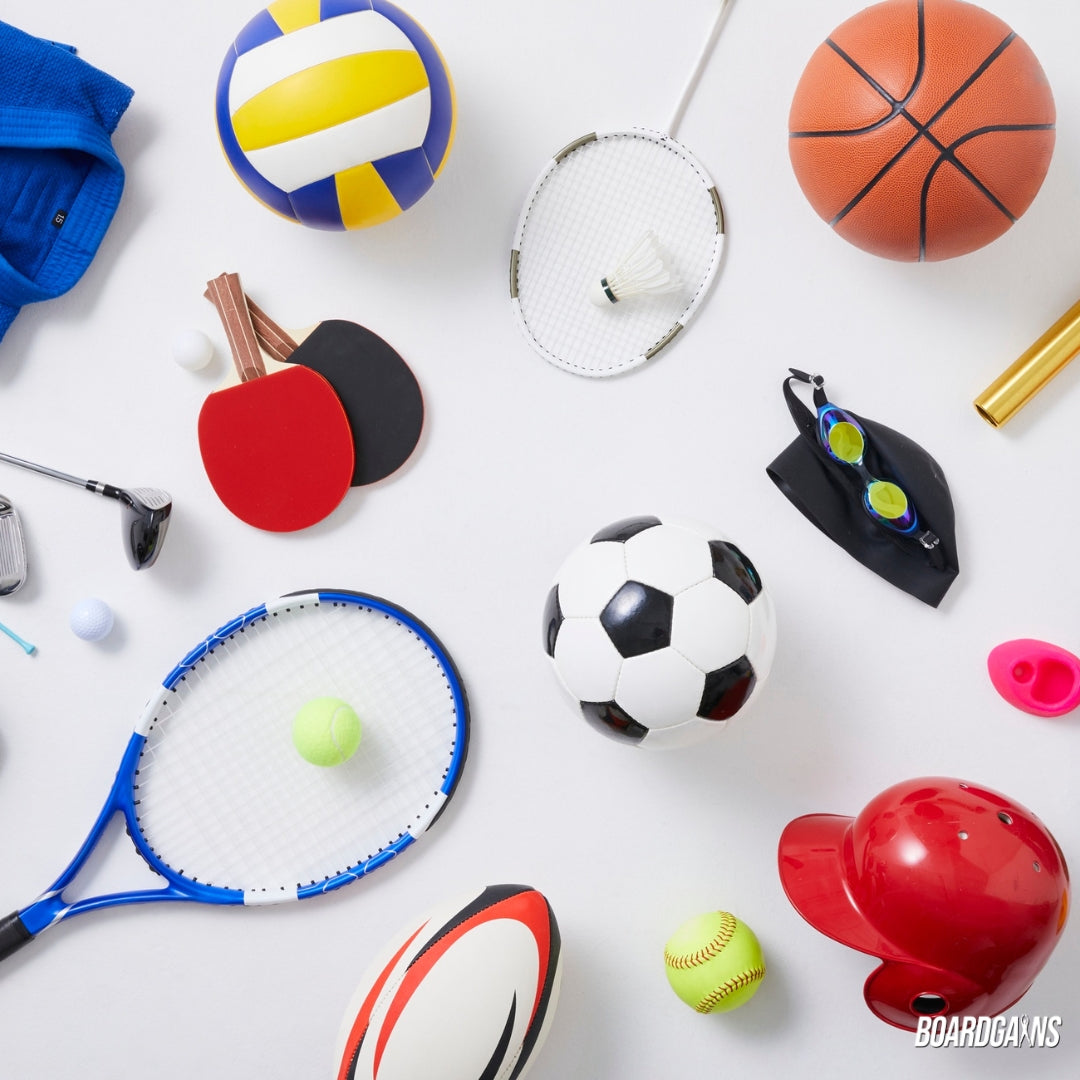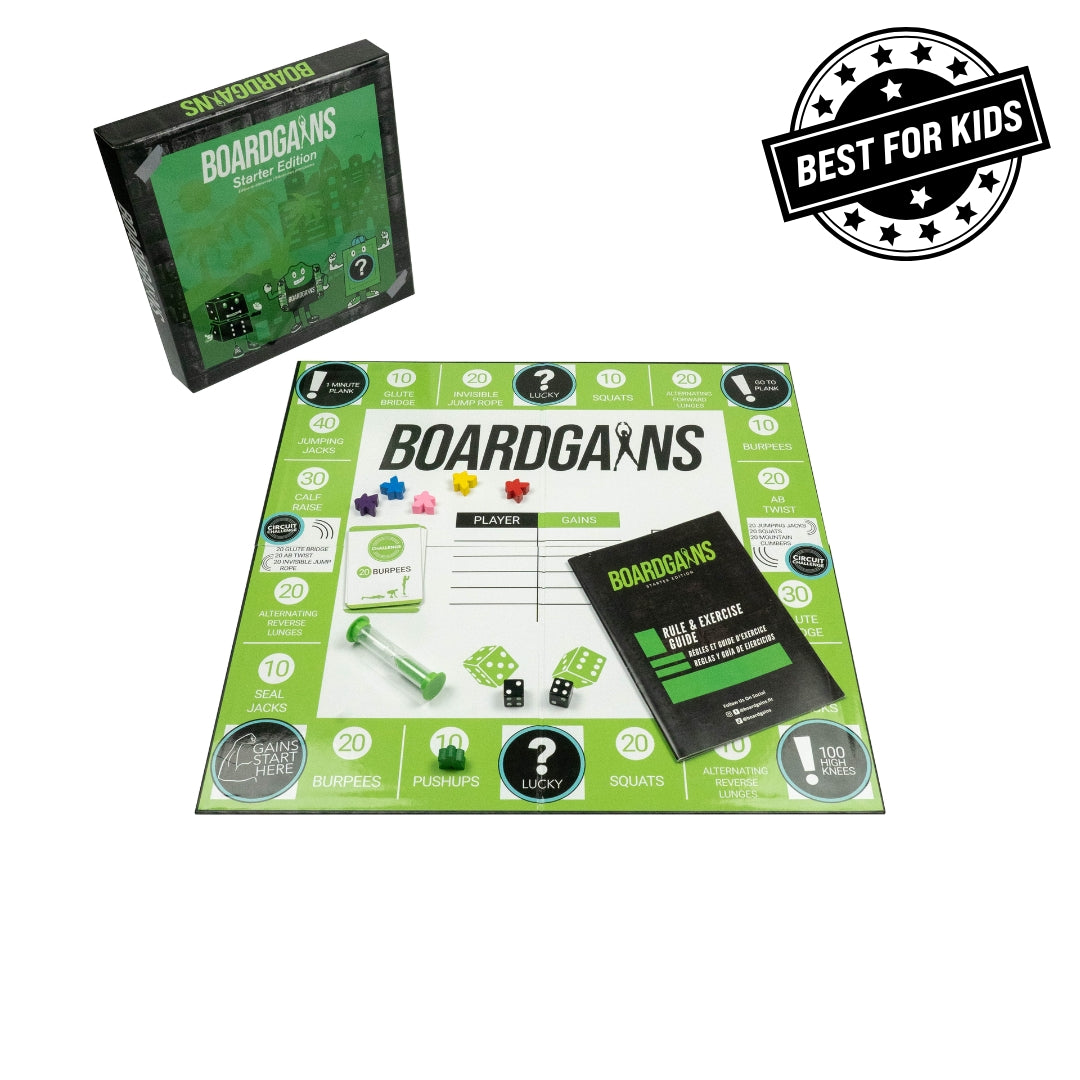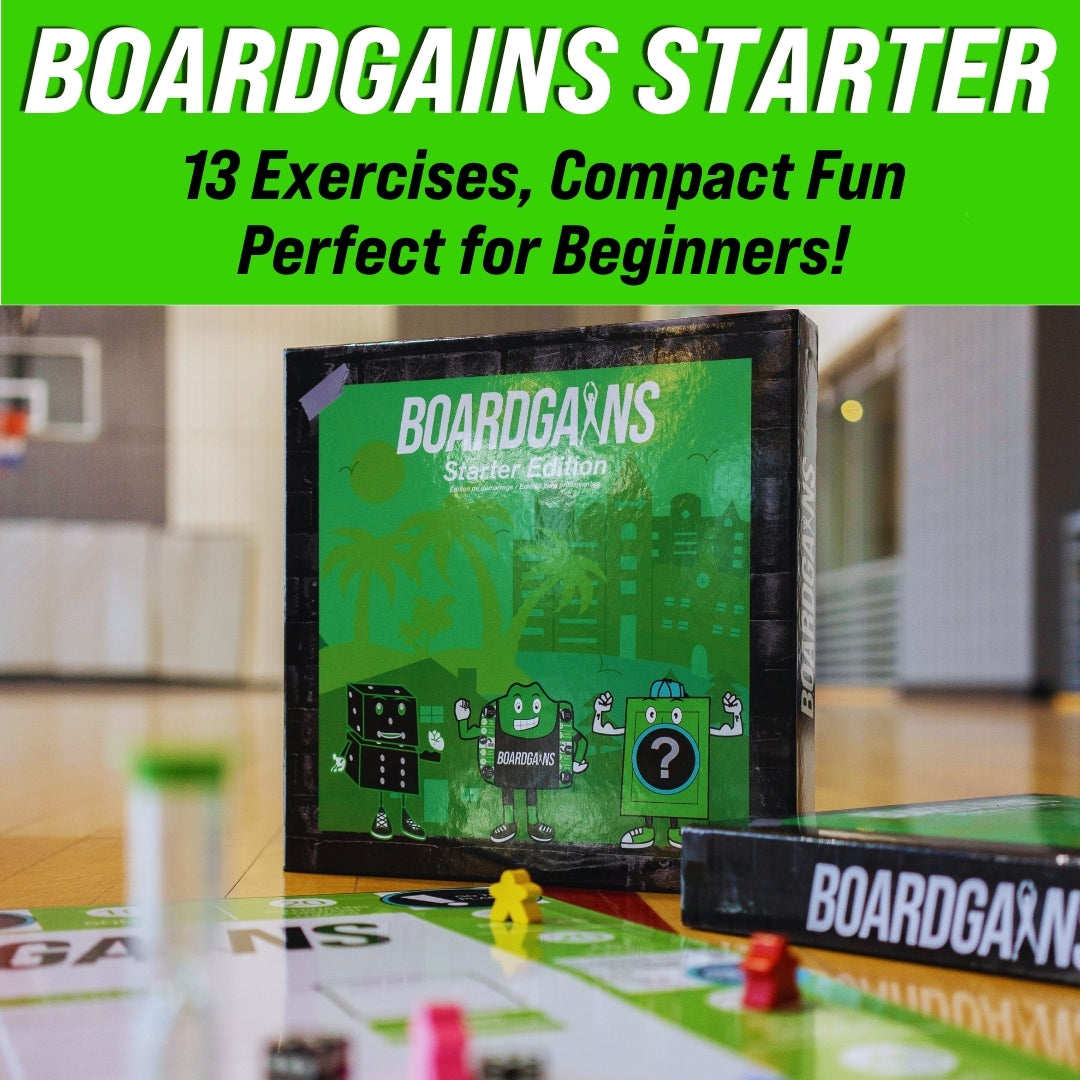Introduction: The Foundation of a Healthy, Active Childhood
Movement is the language of childhood. From the moment kids learn to crawl, jump, and run, they’re building the physical foundation for lifelong health. But here’s the thing—not all movement is created equal.
While playing soccer or riding a bike offers immense benefits, repeating the same activities day after day can limit development. What children really need is movement variety — a mix of exercises, intensities, and patterns that challenge the body and brain in new ways.
In the early years, children’s bones, muscles, and neural pathways are still forming. Each new physical experience—whether balancing on a beam, climbing a tree, or dancing—stimulates growth in different areas. Studies show that exposing kids to a wide range of movements helps them develop better strength, coordination, and confidence.
Understanding Movement Variety: What It Really Means
Movement variety isn’t just about switching from soccer to basketball or from running to cycling. It’s about engaging the body in multiple planes of motion—pushing, pulling, twisting, jumping, balancing, and bending.
This includes:
- Strength-based movements (like climbing or pushing)
- Endurance activities (such as running or swimming)
- Flexibility exercises (like stretching or yoga)
- Balance and coordination tasks (like skipping or hopping)
When children experience these patterns regularly, they build a more balanced musculoskeletal system, prevent overuse injuries, and enhance their overall athletic ability.
Reason #1: Enhances Physical Growth and Musculoskeletal Strength
Growing bodies need challenges that stimulate all major muscle groups. When a child focuses too much on one sport or activity, certain muscles may strengthen disproportionately, while others weaken. For instance, a young baseball pitcher who throws too often without balancing strength in both arms may develop asymmetry, leading to injury risk.
Diverse movement keeps the body symmetrically strong and functionally mobile. Activities like swimming, gymnastics, and free play in natural environments help strengthen muscles evenly while improving posture and joint stability.
Another major benefit is injury prevention. By varying movements, kids avoid repetitive strain on joints and tendons. This diversity helps them grow strong, resilient, and adaptable — qualities crucial for both sports performance and daily life.
Reason #2: Boosts Motor Skills and Coordination
Children develop motor skills—like balance, agility, and timing—through movement exploration. Climbing, catching, skipping, or dancing each activate different neural circuits. When kids experience a variety of these actions, they fine-tune both gross and fine motor coordination.
Cross-lateral movements, such as crawling or skipping, engage both sides of the brain, strengthening neural connections vital for reading, writing, and problem-solving. Over time, this builds a foundation for smoother, more efficient physical and mental performance.
Reason #3: Fuels Cognitive and Brain Development
Physical diversity is fuel for the brain. Every new movement requires coordination, decision-making, and sensory feedback — all of which activate the brain’s cerebellum and prefrontal cortex, areas linked to learning and focus.
Research from the CDC and Harvard University highlights that kids who engage in regular physical variety often show improved attention spans, memory, and creativity. In short, movement doesn’t just build bodies — it builds smarter, more adaptable minds.
Reason #4: Promotes Emotional Regulation and Mental Well-Being
Children’s moods and emotions are deeply connected to how they move. Varied movement patterns—like jumping in a puddle one day and stretching on a yoga mat the next—stimulate the body’s natural release of endorphins and dopamine. This helps kids manage stress, anxiety, and frustration more effectively.
Novelty keeps things fun and fresh. When movement becomes an adventure rather than a chore, kids associate activity with joy, not obligation. That mindset fuels lifelong healthy habits.
Reason #5: Prevents Burnout and Encourages Lifelong Activity
Early sports specialization might seem like the fast track to athletic success, but research shows it often leads to burnout, overuse injuries, and loss of motivation. When children are pushed to focus on a single sport or repetitive routine, their bodies—and minds—can quickly become fatigued.
Movement variety introduces the element of fun, exploration, and challenge, keeping kids engaged and curious. Instead of associating activity with pressure or performance, they learn to see it as something enjoyable and fulfilling. This mindset fosters lifelong participation in physical activity, which is far more valuable than short-term performance gains.
By alternating between structured sports, unstructured play, and rest, children learn how to listen to their bodies. They become more in tune with their energy levels, learning to balance activity with recovery — an essential life skill for both health and happiness.
Reason #6: Supports Social and Emotional Skills
Movement isn’t just physical — it’s deeply social. Playing a team sport teaches communication, leadership, and cooperation. Meanwhile, solo activities like biking, swimming, or dancing develop self-discipline and independence.
By engaging in a wide range of physical settings, children learn how to adapt to group dynamics, take turns, and empathize with others. They also discover what it feels like to lead, follow, and collaborate — all through movement.
For example, a child who alternates between team soccer, solo swimming, and family hiking gains exposure to different social environments. Each setting builds emotional intelligence and resilience — essential qualities for navigating the challenges of growing up.
Reason #7: Builds Resilience and Adaptability
Life is unpredictable, and so is the physical world. Movement variety trains kids to adapt to new challenges, whether it’s balancing on uneven ground, learning a new dance routine, or trying a new sport.
Each time a child faces a new movement pattern, their body and brain learn to respond, adjust, and recover. This adaptability builds both physical and mental resilience — teaching them that it’s okay to stumble, try again, and improve over time.
Such lessons go beyond fitness; they translate into everyday life. Children who experience success and failure through movement often develop a growth mindset — the belief that effort leads to progress. And that mindset shapes their confidence in school, relationships, and beyond.
Practical Ways to Add Movement Variety into Kids’ Lives
Adding movement variety doesn’t have to mean signing up for multiple sports or structured programs. In fact, the best kind of movement diversity often happens naturally through play. Here are practical ways to make it happen:
1. Mix Structured Sports with Free Play
Enroll kids in organized sports, but balance that with unstructured activities like climbing trees, playing tag, or biking around the neighborhood. This helps them develop creativity, decision-making, and physical autonomy.
2. Include Indoor and Outdoor Activities
Combine activities across environments — indoor yoga or martial arts for focus and flexibility, and outdoor running or hiking for endurance and exposure to nature.
3. Encourage Cross-Training
Cross-train within and across seasons. For example, a child who swims in the summer could play basketball in the winter. This keeps movement fresh while developing new muscle groups.
4. Emphasize Family and Group Play
Family hikes, bike rides, or dance nights build connection and show that physical activity is a shared, joyful experience rather than a task.
5. Prioritize Rest and Recovery
Movement variety also includes balance — literally and figuratively. Teach kids that rest is part of growth. Recovery allows their bodies to adapt, repair, and come back stronger.
FAQs about Movement Variety for Kids
1. Why can’t my child just play one sport year-round?
Specializing too early in one sport can overwork specific muscles and joints, increasing the risk of overuse injuries. Movement variety allows for balanced development and keeps activity exciting.
2. What age should kids start strength training?
With proper supervision and technique, light strength training can begin around ages 7–8. Focus on bodyweight exercises like squats, push-ups, and climbing rather than heavy lifting.
3. How much movement variety is ideal each week?
Aim for 60 minutes of daily activity, mixing endurance, strength, and flexibility exercises. Incorporate at least 3–4 different types of movement across the week.
4. Can too much activity be harmful?
Yes. Overtraining without rest can lead to fatigue, stress, or injury. Always include rest days and vary the intensity of exercise to allow for recovery.
5. How does movement variety impact school performance?
Studies show that physically active children have better focus, memory, and problem-solving skills. Varied movements especially enhance brain regions tied to attention and learning.
6. What are some fun daily movement routines to try at home?
Try combining:
- 10 minutes of stretching or yoga
- 20 minutes of outdoor play
- 15 minutes of balance or coordination games (jump rope, hopscotch, or obstacle courses)
- 15 minutes of dancing or imaginative movement play
These small, varied bursts keep kids engaged and energized.
Conclusion: The Power of Movement Diversity in Raising Strong, Happy, and Resilient Kids
The human body — especially a growing one — thrives on diversity of motion. Each jump, spin, stretch, and crawl shapes not just stronger muscles, but sharper minds and more confident spirits. Encouraging a variety of movement patterns builds physical literacy, emotional balance, and mental adaptability that lasts a lifetime.
So whether it’s dancing in the living room, climbing on a playground, or joining a sports team, remember: movement variety isn’t just fun — it’s foundational. By giving kids permission to explore, experiment, and move freely, we’re nurturing resilient bodies and curious minds ready for any challenge.









Leave a comment
This site is protected by hCaptcha and the hCaptcha Privacy Policy and Terms of Service apply.